At 6:15 am the alarm goes off every morning, waking us for a day filled with the fresh possibilities of discovery. Here, at the Island School, we partake in a program that focuses on not only challenging us mentally, but also pushing us physically, to accomplish more than we thought ourselves capable of.
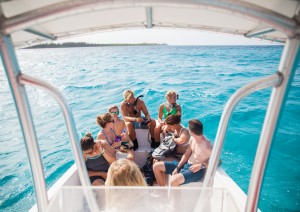
Our first morning here on Eleuthera, we walked straight out the front doors of our dorms onto the beach. Before entering the water, we laid face down on the beach, digging our hands into the sand, talking to the microscopic pieces of shells, coral, and rocks, asking them, “where did you come from?” “how did you get here?”. It is this humility of submerging yourself into the natural ecosystems that drives our learning here at the Cape Eleuthera Institute. We then made our way into the warm water, with our fins and masks and snorkels ready to travel to a world only accessible to those seeking it. This is the magic of this program, the opportunity to uncover and explore the world from an ecological perspective.
On our first full day on Eleuthera we made our way to the marina. There is a filleting station that the local fisherman use, which the sharks take full advantage of. We got to watch four nurse sharks and a southern stingray eat the discarded fish. It felt extremely surreal and humbling to see sharks feeding in the wild, as opposed to the stereotypical aquarium feeding experience. We then jumped right into The Cut.
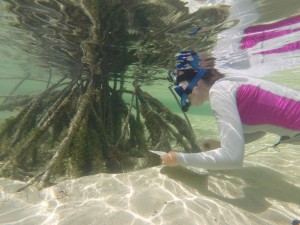
The Cut is a lazy river that is a spot we are going to frequent often; it connects the marina and the ocean. So far, this has been one of our favorite places to go. It is filled with snapper, grouper, anemone , stingrays, and Phoebe’s favorite conch! Phoebe found a group of five empty conch shells that were all connected. Though extremely heavy she felt it very important to pick them all up. This sent us all into a fit of laughter, as she was barely able to keep her head above water, while refusing to put her “jackpot” down. Needless to say it was an incredible day filled with exploration, adventure, and more knowledge about the ocean then I have ever received.
Together with our leader Liz, we are a group of eight, in this short seven days we have become incredibly close. We feel like we have known each other (the gappers) for much longer than just a week. The sense of community and purpose at The Cape Eleuthera Institute and The Island School is overwhelming. Us gappers have been welcomed with open arms and enthusiasm by everyone here. And we are nothing but looking forward to the next eight weeks here in our new home!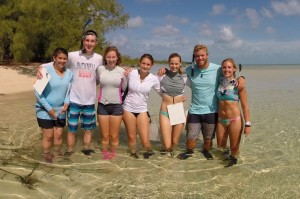
-Molly Brigham & Phoebe Colvin Oehmig
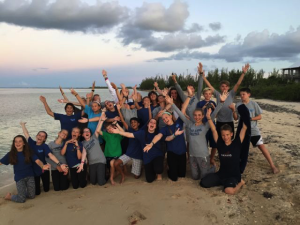
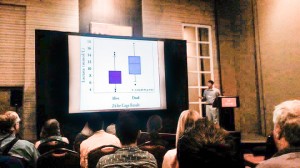
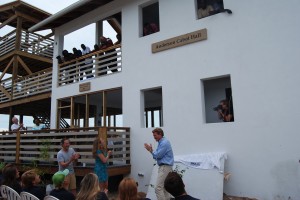
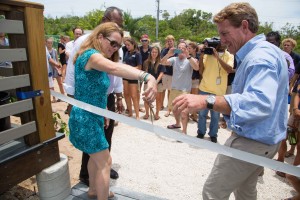
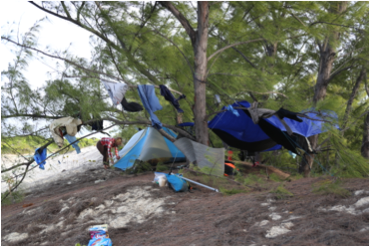
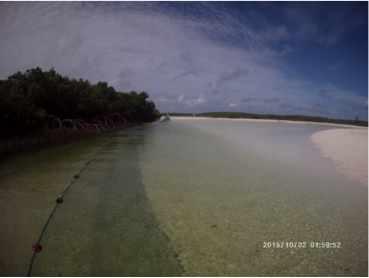
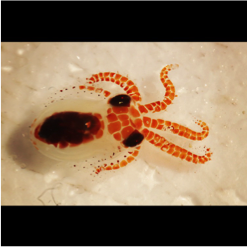
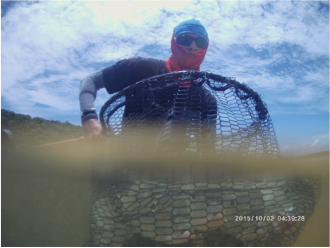 h. This was a great way to end the trip. It took us a good 2 hours to tag and fin clip all of the fish, but the time flew by because of all the excitement.
h. This was a great way to end the trip. It took us a good 2 hours to tag and fin clip all of the fish, but the time flew by because of all the excitement.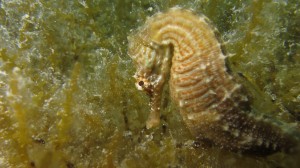
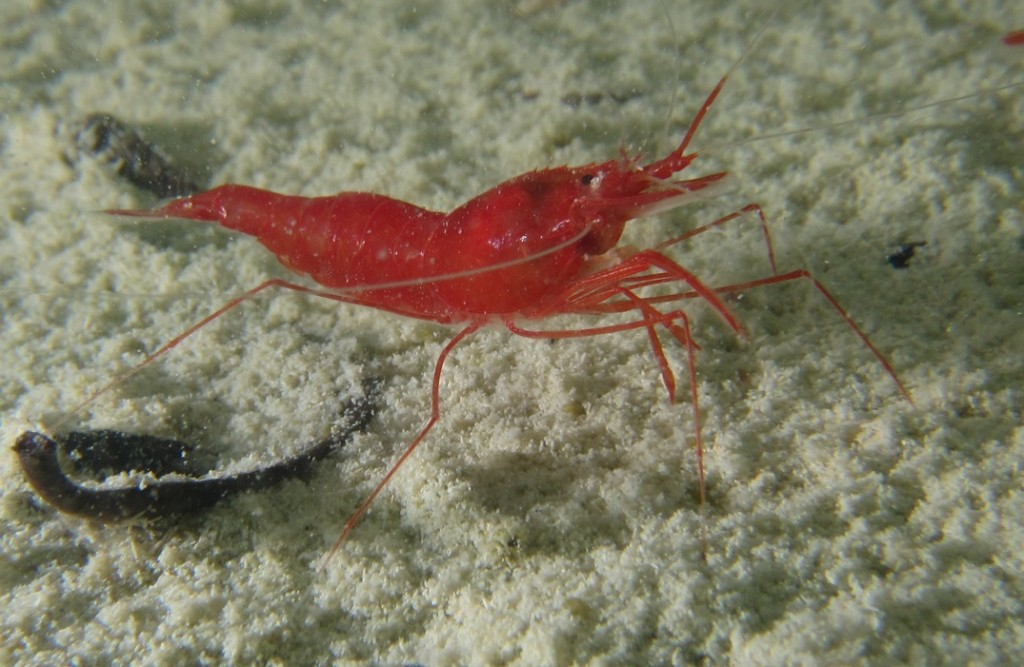
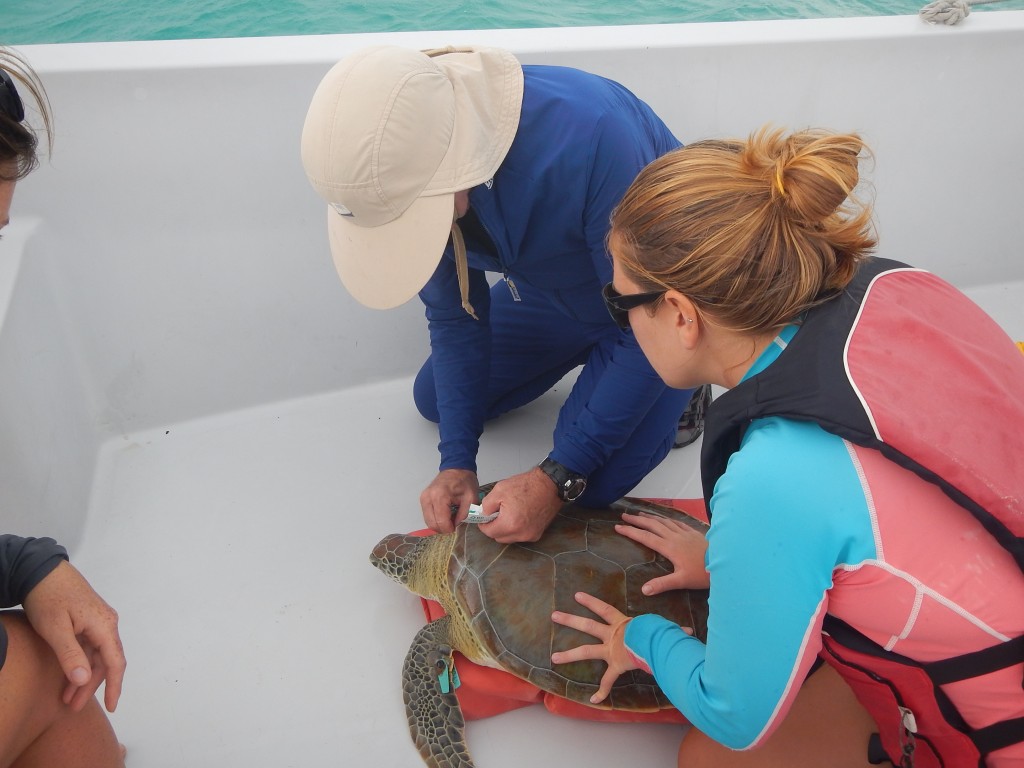
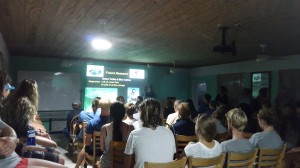
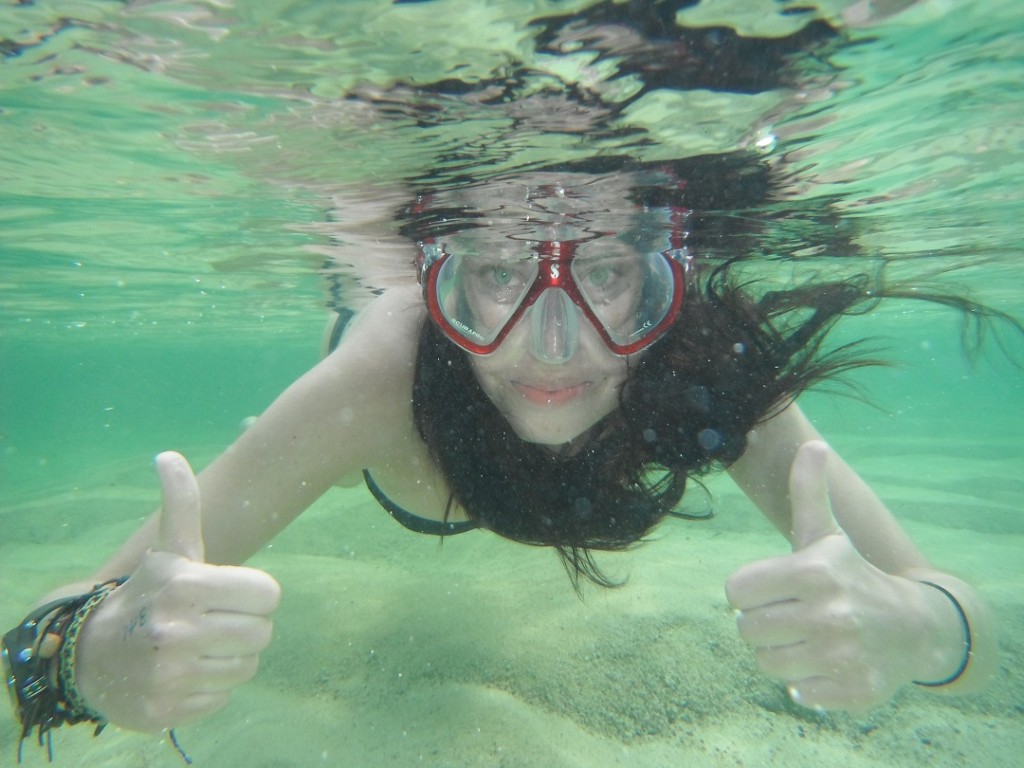
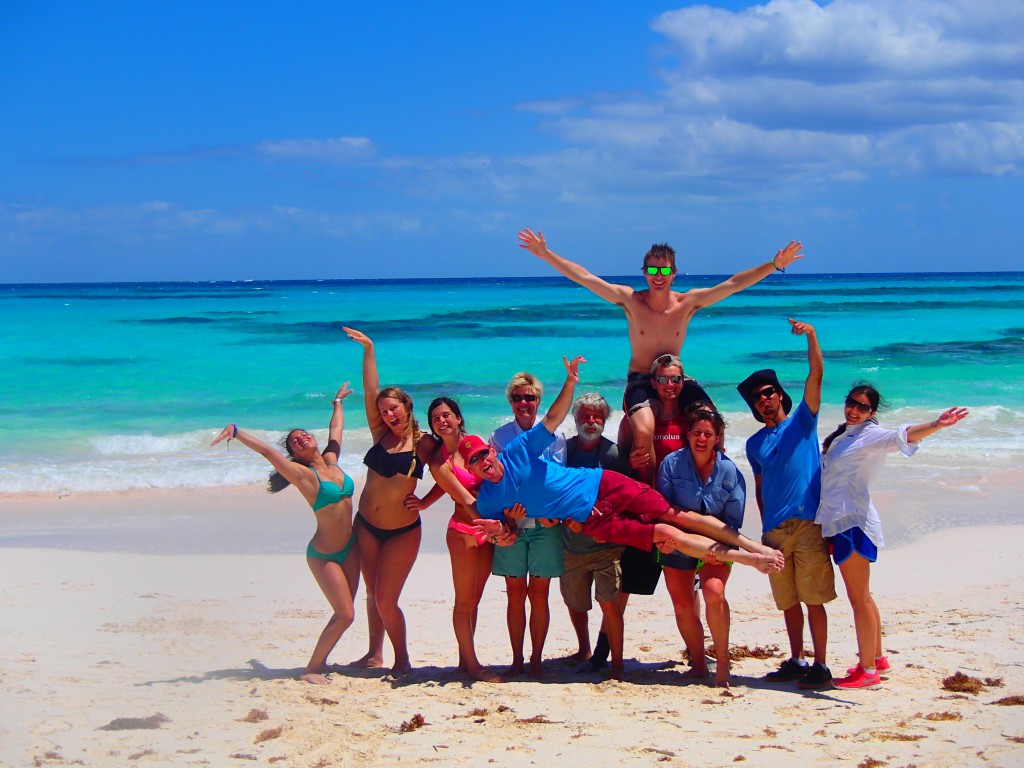
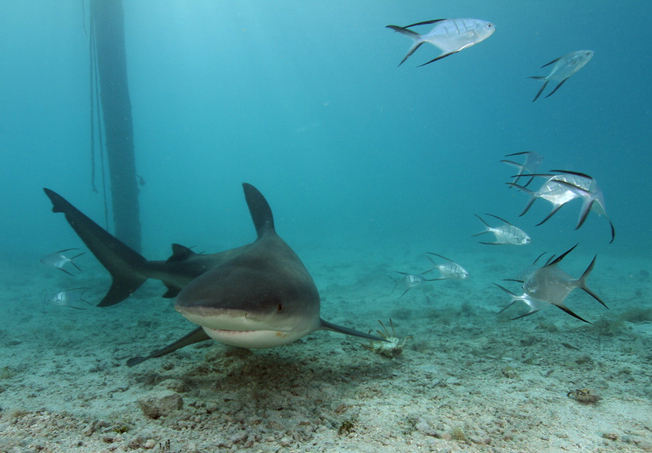
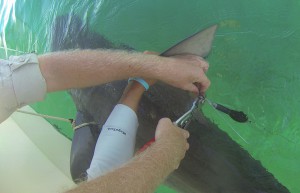 The
The 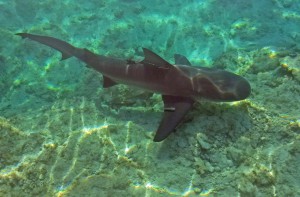 The bulls sharks encountered at Cape Eleuthera usually arrive in October-November when the water temperature starts to cool, and are commonly sighted in the marina until spring where they compete with the nurse sharks and snapper for fishermen’s discards. An interesting characteristic of this aggregation it is entirely composed of large mature females, the most important reproductive component of any population. A male has yet to be seen at Cape Eleuthera. Bull sharks pup in freshwater or estuarine areas, a habitat which is almost completely absent in The Bahamas and Turks and Caicos Islands, suggesting that these animals’ migrations will take them north to Florida, or perhaps south towards Cuba, Haiti or the Dominican Republic in search of a safe place to give birth to their pups. The data from these tags will help us to understand where this important demographic go when the leave Cape Eleuthera and hopefully help solve this mystery.
The bulls sharks encountered at Cape Eleuthera usually arrive in October-November when the water temperature starts to cool, and are commonly sighted in the marina until spring where they compete with the nurse sharks and snapper for fishermen’s discards. An interesting characteristic of this aggregation it is entirely composed of large mature females, the most important reproductive component of any population. A male has yet to be seen at Cape Eleuthera. Bull sharks pup in freshwater or estuarine areas, a habitat which is almost completely absent in The Bahamas and Turks and Caicos Islands, suggesting that these animals’ migrations will take them north to Florida, or perhaps south towards Cuba, Haiti or the Dominican Republic in search of a safe place to give birth to their pups. The data from these tags will help us to understand where this important demographic go when the leave Cape Eleuthera and hopefully help solve this mystery.